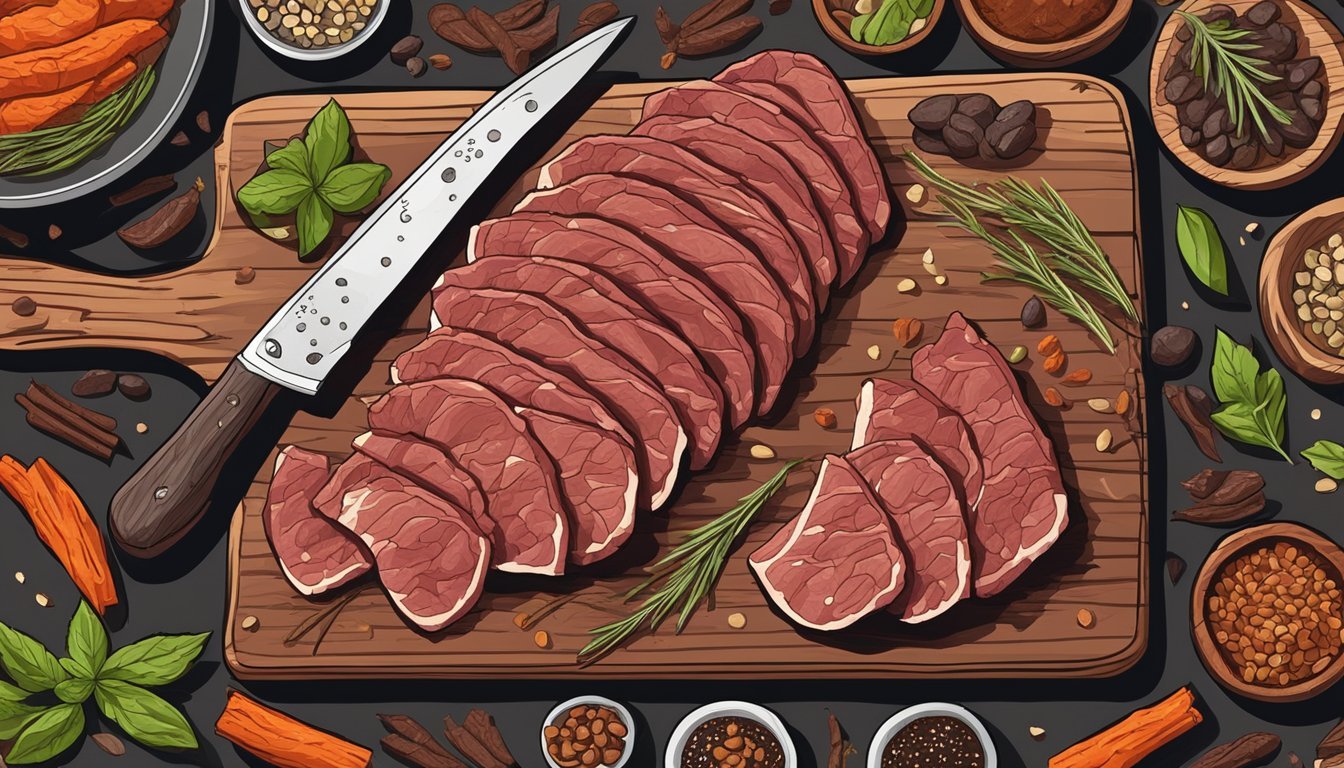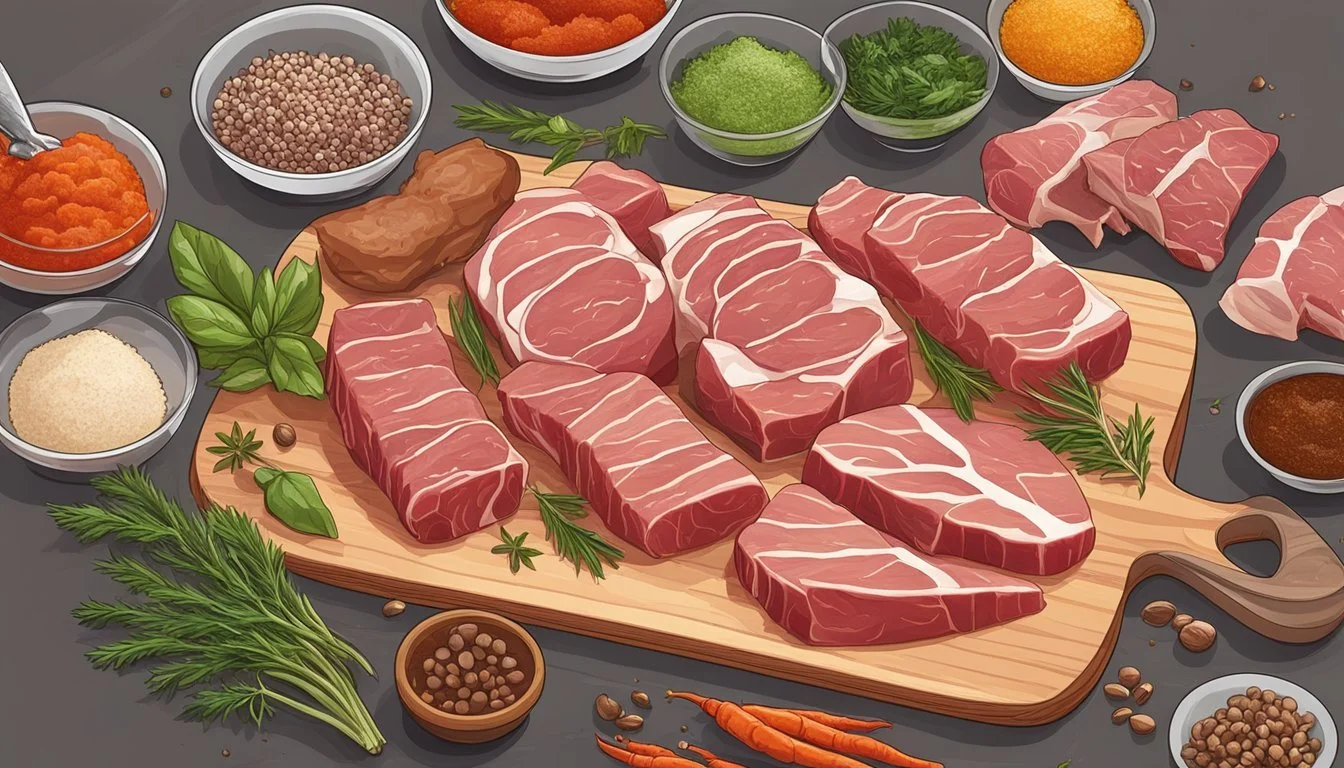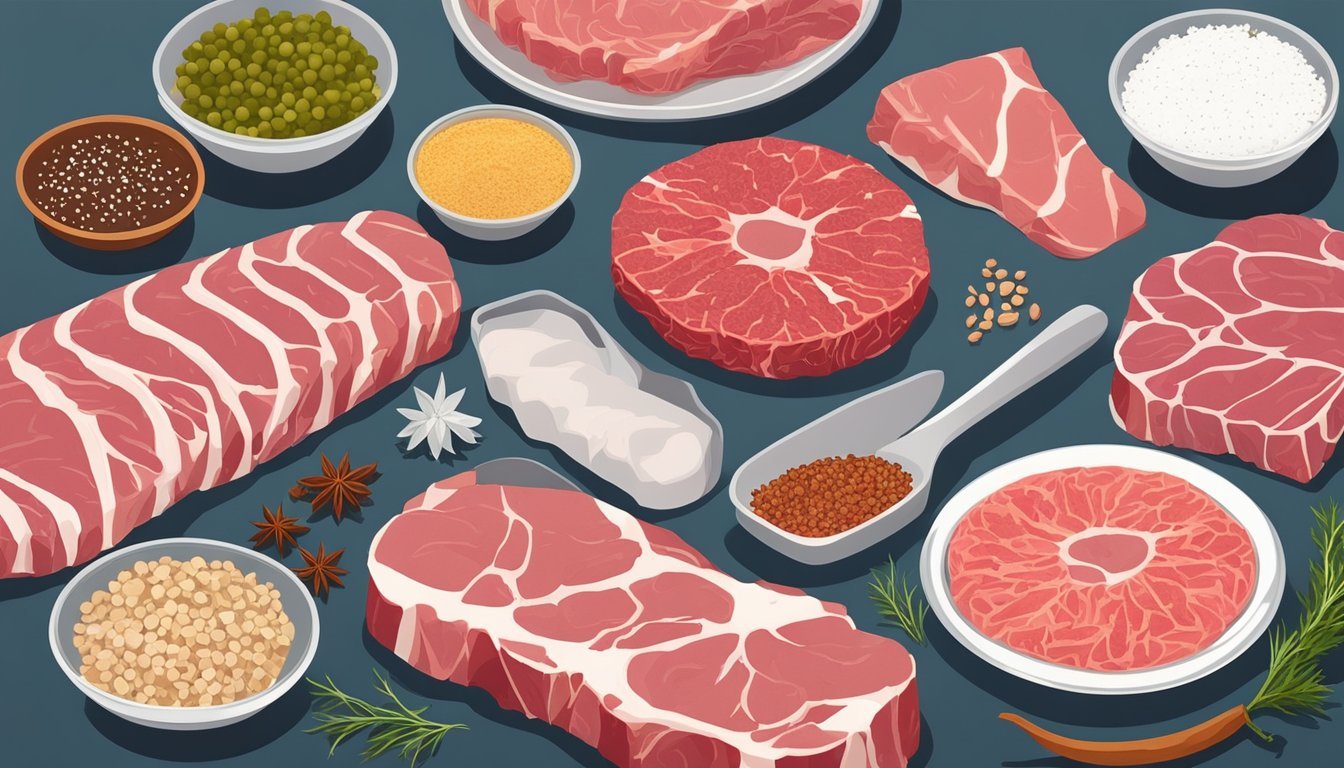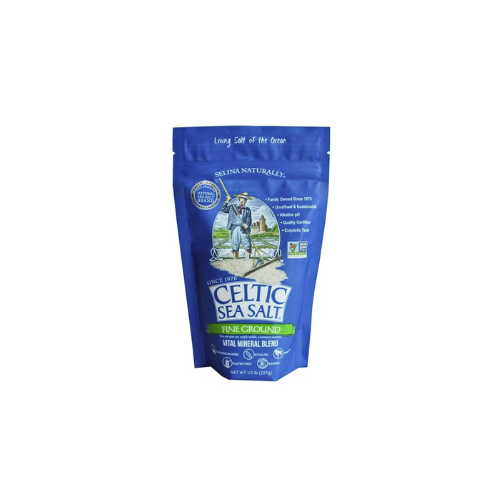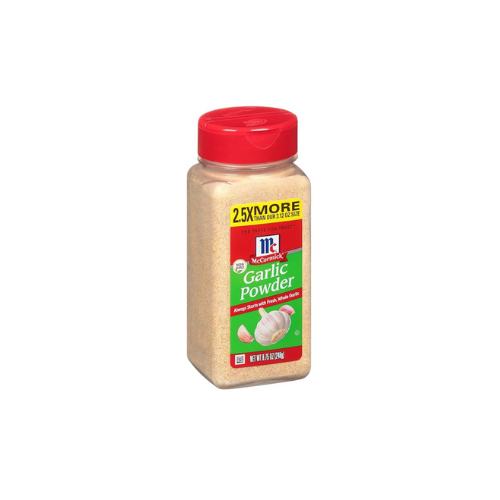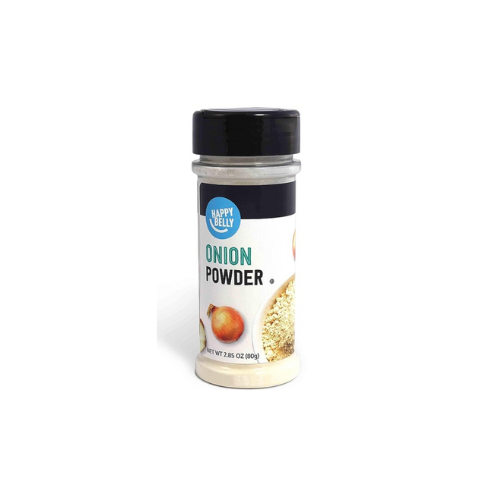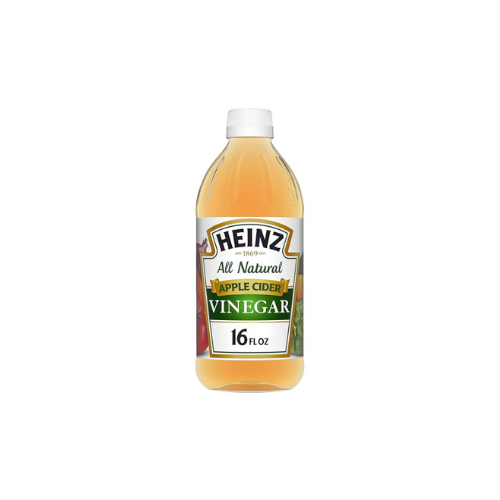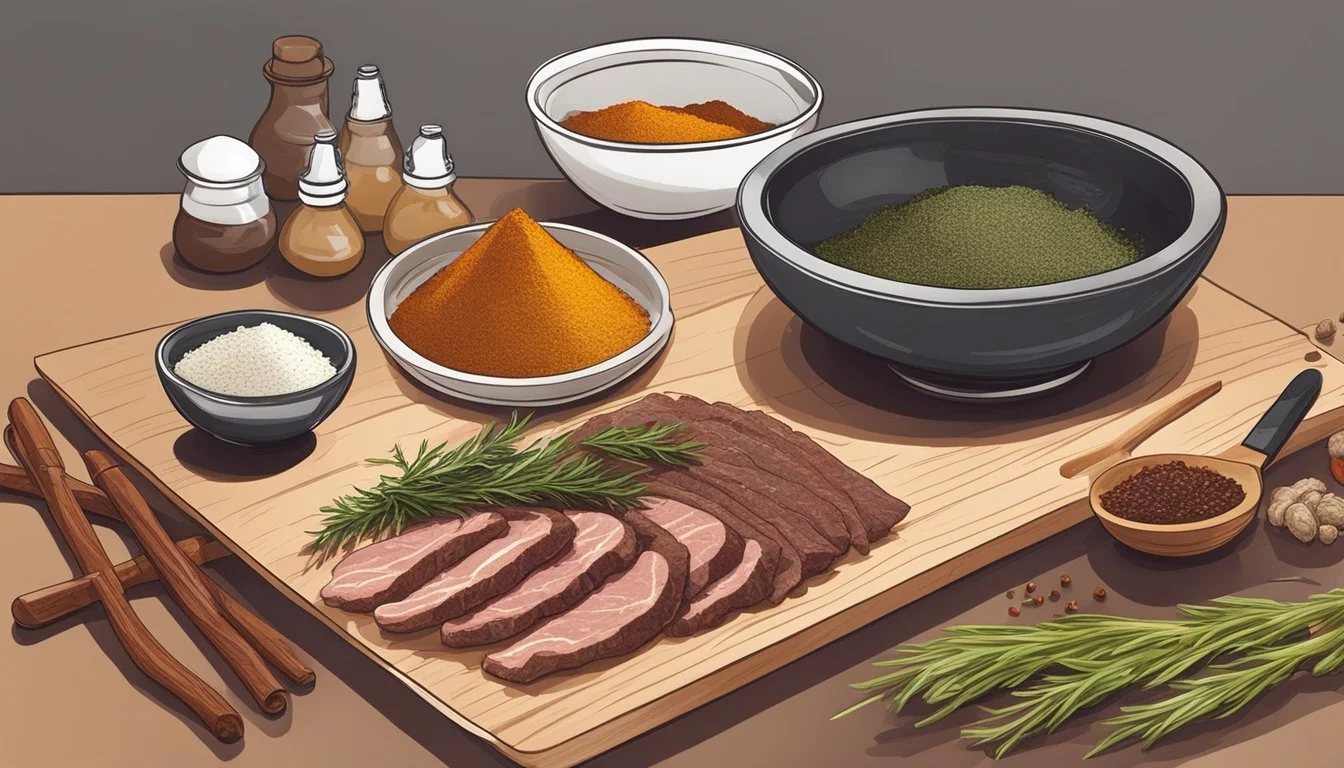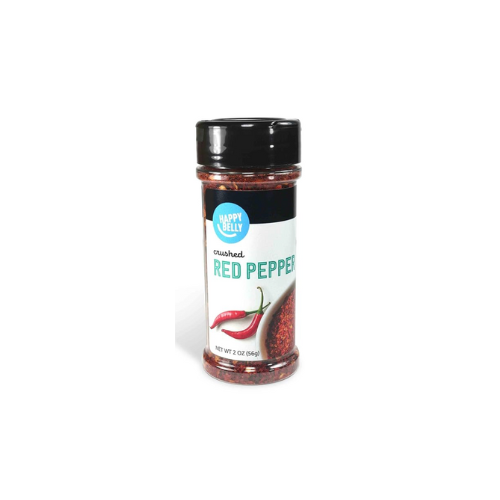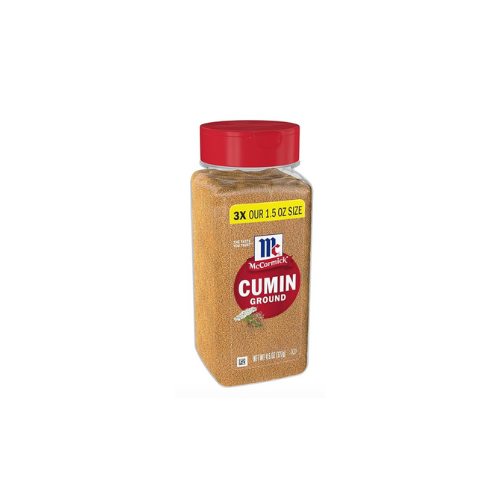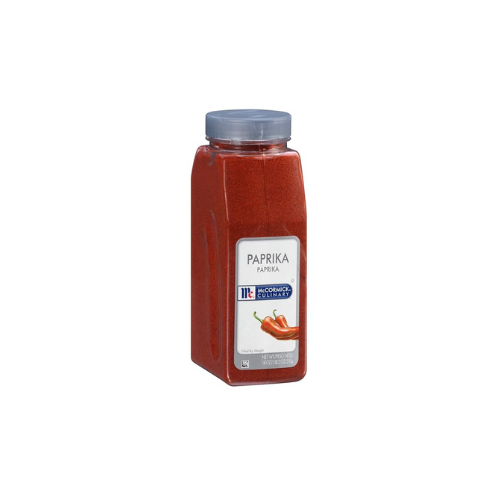How to Make Carnivore Diet-Friendly Jerky at Home
A Step-by-Step Guide
Making jerky at home is a rewarding process that offers a nutritious snack perfect for those following a carnivore diet. This protein-rich food aligns well with a meat-centric lifestyle and is also suitable for individuals on ketogenic diets due to its low carb content. Homemade beef jerky allows for complete control over ingredients, ensuring the final product adheres to dietary restrictions and personal taste preferences.
Preparing beef jerky at home involves selecting quality cuts of meat and slicing them into thin strips, which are then seasoned and dried. The drying process concentrates the meat's flavor while preserving it, making jerky an ideal option for a nutrient-dense, portable snack. By omitting sugars and fillers found in commercial versions, homemade jerky perfectly complements a carnivore diet's focus on whole, unprocessed foods.
The method one uses to make jerky, whether using an oven or a dehydrator, can vary in terms of cooking times and temperatures. However, the key lies in the careful preparation and patience required to achieve the desired texture and taste. For those adhering to a carnivore diet or seeking healthy, convenient eating options, homemade beef jerky represents a practical and satisfying choice.
Benefits of Homemade Jerky on a Carnivore Diet
Homemade jerky is a potent addition to a carnivore diet, known for its high protein content. This snack is ideal for those adhering to a low-carb or keto carnivore lifestyle, as it provides essential nutrients without unwanted carbohydrates.
One significant advantage of homemade jerky is the ability to control the quality of the meat. Users ensure their snack is free from additives and aligns with the carnivore diet's focus on animal products. Iron, along with other vital minerals and vitamins present in beef, is retained through the dehydration process, making jerky a nutrient-dense food choice.
Jerky is convenient for on-the-go consumption and offers considerable satiety, making it an excellent option for appetite control. The dehydration process condenses the meat, packing a sizable amount of protein in a small, portable package.
Here is a snapshot of homemade jerky benefits on a carnivore diet:
Protein-Packed: Essential for muscle maintenance and overall health.
Low-Carb: Zero carbohydrates, fitting perfectly within the carnivore diet framework.
Rich in Nutrients: Provides iron, vitamins, and minerals naturally found in meat.
Keto Carnivore Friendly: Supports a high-fat, moderate-protein, no-carb eating plan.
Satiety: Helps maintain fullness between meals, reducing the need to snack.
In sum, homemade jerky complements a carnivore diet by delivering a convenient, nutrient-rich protein source that adheres to the diet's strict principles while also satisfying hunger efficiently.
Choosing the Right Meat
When making carnivore diet-friendly jerky, the selection of meat is crucial. It should be lean and capable of being sliced into consistent strips. This section elucidates the types of meat suitable for jerky, why meat quality matters, and the importance of cutting the meat to the proper thickness.
Types of Meat Suitable for Jerky
For beef jerky, excellent options are flank steak, top round, bottom round, and eye of round steaks. These cuts are lean with minimal fat, which is essential since fat can lead to spoilage. Grass-fed beef is often recommended for its higher nutrient content and better flavor. Though less common, pork or even fish can also be used for jerky, as long as they are properly handled and prepared.
The Importance of Meat Quality
High-quality meat leads to better-tasting jerky. Meat that is grass-fed and organic typically yields a superior taste and is less likely to contain undesired additives. The meat should have a bright color, a firm texture, and a clean smell, all indicative of freshness. The inherent quality of the meat directly influences the texture and flavor of the final jerky product.
Cutting the Meat to the Ideal Thickness
A sharp knife is necessary for slicing the meat to ensure precise cuts. The ideal thickness for jerky slices is about 1/4 inch. This allows the meat to dry uniformly without becoming too tough. Along the muscle fibers is the recommended way to slice the meat to help achieve a tender chew. Consistency in thickness is key for even drying and an optimal end result.
Preparation Before Drying
Before drying the meat to make carnivore diet-friendly jerky, it is essential to prepare it properly to enhance both the flavor and texture. The preparation stage typically involves trimming excess fat and connective tissues and marinating the meat to infuse it with flavor and improve its tenderness.
Trimming Fat and Silverskin
Trimming is a crucial step in the jerky-making process. The presence of excess fat and silverskin (a tough membrane) can cause the jerky to spoil faster and may result in a chewy texture. For the best results:
Fat: Carefully trim away all visible fat from the meat as fat does not dry out and can cause rancidity.
Silverskin: Remove any silverskin since it is tough to chew and inhibits the absorption of flavors.
Marinating for Flavor and Tenderness
Marinating the meat is the next step to infuse the jerky with a rich, savory flavor and to tenderize it before drying.
Marinade composition:
Create a marinade that complements the carnivore diet by using ingredients like sea salt, black pepper, and garlic powder.
For a bolder taste, one might consider adding onion powder or apple cider vinegar.
To keep it diet-friendly, ensure the marinade does not contain sugars or non-carnivore ingredients.
Marinating process:
Coat the meat evenly in the marinade.
Let it marinate for several hours, or even overnight, in the refrigerator, to allow the flavors to permeate and tenderize the meat.
Avoid the crowds and shop for sea salt, black pepper, garlic powder, onion powder or apple cider vinegar online from the comfort of your home!
Drying Methods
The drying process is crucial to creating high-quality carnivore diet-friendly jerky. It ensures the proper texture and preservation of the meat through methods that include using a dehydrator, oven-baking, and alternative drying practices, each achieving distinct outcomes in texture and dryness.
Using a Dehydrator for Optimal Results
A dehydrator offers the most controlled environment for making jerky. Users should set the dehydrator to 165 degrees Fahrenheit and expect the process to last approximately two hours. However, the exact timing can vary based on the thickness of the meat. It's recommended to check the jerky after 1.5 hours and then every 20-30 minutes. By arranging the meat in a single layer on dehydrator trays, one ensures even dehydration and the desired chewiness or crispiness.
Experience the convenience and savings of buying dehydrator online!
Oven-Baking Techniques
Oven-baking is an accessible method for those without a dehydrator. To oven-bake jerky, preheat the oven to 225°F (110°C), and place the meat strips on wire racks over rimmed baking sheets to allow for adequate air circulation. This setup assists in an even drying process. The meat typically requires several hours to dry; thin slices may take shorter than thicker ones. Frequent checking is necessary to avoid overcooking.
Online stores offer unbeatable prices for wire rack and baking sheet, so don't miss out!
Alternative Drying Methods
While less conventional, alternative drying methods can still yield satisfactory results. Air-drying requires a well-ventilated area and patience as it can take a significant amount of time. Freeze-drying is another method, which involves freezing the meat and then removing the moisture in a vacuum. This technique is less common in home settings due to the need for specialized equipment. Each method impacts the texture and taste of the final product, with variations in dryness and chewiness.
Seasonings and Flavorings
Creating a delicious carnivore diet-friendly jerky at home involves selecting the right seasonings and flavorings to enhance the natural taste of the meat without adding unwanted calories or additives. Here are some tried-and-true and innovative ways to season jerky in alignment with a zero-carb lifestyle.
Classic Seasoning Combinations
Traditional jerky can be delectably flavored using a simple blend of basic seasonings. A classic combination typically includes:
Sea Salt: Essential for flavor and tenderizing the meat.
Black Pepper: Provides a sharp, piquant taste.
Garlic Powder: Adds a rich, savory note.
For those who want a hint of heat, Red Pepper Flakes or Chili Powder can be added sparingly. It is important to use garlic and onion powders rather than fresh to avoid adding moisture to the jerky, which could affect preservation.
Discover the endless possibilities of buying red pepper flakes or chili powder online!
Innovative Spices and Herbs
There's room to get creative within a carnivore diet by employing an array of Sugar-Free spice mixes and dried herbs. Some innovative seasonings might include:
Cumin for a warm, earthy flavor.
Paprika for a smoky zest.
Chili Powder for a controlled burn.
Exploring diverse spices and herbs adds complexity without contributing significant calories or Saturated Fat. However, always verify that no sugar or other high-carb additives are present in pre-mixed spice blends.
When it comes to cumin and paprika, online shopping is the way to go!
Avoiding Unwanted Additives
When crafting carnivore diet jerky, it is crucial to avoid seasonings with hidden sugars and excessive additives. Here are some guidelines:
Choose Sugar-Free marinades or create your own with zero-calorie sweeteners if sweetness is desired.
Read labels carefully to ensure spices are free of fillers and sugars.
Opt for homemade spice blends to fully control the ingredient list.
By being meticulous with seasoning choices, one can ensure that their homemade jerky is both flavorful and compliant with the rigorous standards of a carnivore diet.
Storing Homemade Jerky
Proper storage is essential for maintaining the quality and safety of homemade jerky. This protein-packed snack can have an extended shelf life when stored under optimal conditions.
Ideal Storage Conditions
Temperature: Homemade jerky should be kept in a cool, dry place. The ideal storage temperature is below 70°F (21°C). Avoid exposure to direct sunlight or moisture as these can lead to spoilage.
Humidity: A low humidity environment is critical for preserving jerky's texture and preventing mold growth. Using a dehumidifier in storage areas can help achieve this, especially in naturally humid climates.
Containers: Storing jerky in airtight containers is crucial to prevent air and moisture from reducing its shelf life. Vacuum-sealed bags are recommended for maintaining freshness.
Extending Shelf Life
Refrigeration: For short-term storage, placing jerky in the refrigerator can keep it fresh for a few weeks. Make sure the container is sealed properly.
Freezer: For long-term preservation, freezing is an effective method. Store the jerky in freezer-safe, airtight containers or bags. Frozen jerky can last several months while maintaining its quality.
Preservatives: Although not always necessary, using natural preservatives such as sea salt or vinegar in the jerky-making process can enhance shelf life, ensuring that the snack remains safe to consume over time.
Nutrition and Serving Information
When making carnivore diet-friendly jerky, it's important to understand its nutritional profile and how to appropriately measure serving sizes. This insight helps one to maintain their dietary goals and meet their nutritional needs efficiently.
Caloric and Macronutrient Breakdown
Homemade beef jerky is a nutrient-dense snack predominantly composed of protein, with a minimal content of carbohydrates and a variable amount of fat depending on the cut of meat used. The approximate macronutrient breakdown per serving can be outlined as follows:
Calories: 116 kcal
Protein: 9.4 g
Fat: 7.3 g
Carbohydrates: 3.1 g
Fiber: 0 g
The snack is naturally rich in vitamins and minerals like B12 and zinc, essential for various bodily functions. Beef jerky provides a high source of CLA (conjugated linoleic acid), which is a type of fat believed to have health benefits. It is relatively low in potassium, calcium, and vitamin E but these nutrients can be acquired from other sources within the carnivore diet.
Understanding Serving Sizes
A standard serving size of homemade beef jerky is generally considered to be one ounce (28 grams). Sticking to this serving size can help individuals track their intake of calories and nutrients such as:
B12: Vital for nerve tissue health and blood cell production.
Zinc: Supports immune function and metabolic activity.
Protein: Crucial for muscle repair and building.
CLA: May contribute to improved body composition.
Users should note that actual servings might vary, and it's crucial to adjust quantities based on individual dietary requirements and goals.
Carnivore Diet Variations and Snacking
The carnivore diet emphasizes high-protein and zero-carb consumption, with snacks playing a crucial role in diversifying meal plans and satiating hunger with nutrient-dense options.
Incorporating Jerky into Different Meal Plans
Jerky, specifically beef jerky, stands out as a versatile snack that aligns with various carnivore diet plans, including the standard and the keto carnivore variations. It’s a portable and convenient protein source for both lunch and snack times, with the following attributes:
Low Carb: Perfect for keto dieters aiming to maintain ketosis.
Rich in Nutrients: Offers essential vitamins and minerals.
When making homemade jerky, one must ensure that it's free from sugars and artificial preservatives, which are common in store-bought versions.
Carnivore Diet Snack Options
Snacks on the carnivore diet are restricted to animal products such as meat, eggs, and certain dairy items. Here's a table highlighting preferred snack choices:
Pork Rinds
Description: Fried or roasted skins of pork, often seasoned with salt.
Key Benefit: High in protein and fats, with a satisfying crunch.
Egg Muffins
Description: Baked eggs often combined with cheeses or other animal fats.
Key Benefit: Easy to prepare and high in essential nutrients.
Bone Broth
Description: Nutrient-rich liquid made by simmering animal bones.
Key Benefit: Supports digestion and provides numerous minerals.
Description: Hard cheeses or cream cheese, pure and without additives.
Key Benefit: Offers healthy fats and is fulfilling as a snack.
Snack Description Key Benefit Pork Rinds Fried or roasted skins of pork, often seasoned with salt. High in protein and fats, with a satisfying crunch. Egg Muffins Baked eggs often combined with cheeses or other animal fats. Easy to prepare and high in essential nutrients. Bone Broth Nutrient-rich liquid made by simmering animal bones. Supports digestion and provides numerous minerals. Dairy Hard cheeses or cream cheese, pure and without additives. Offers healthy fats and is fulfilling as a snack.
Choosing snacks like these ensures that the diet remains high in protein and healthy fats, while also being mindful to exclude items that contain carbs or sugars.

